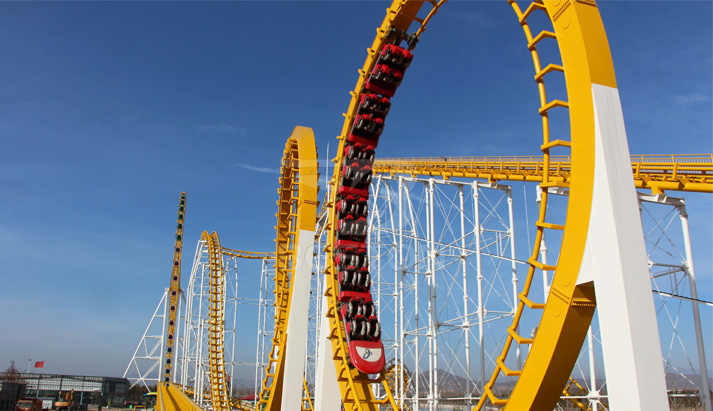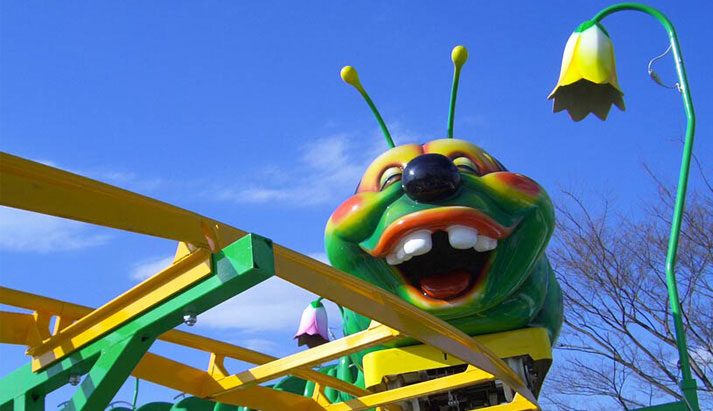Roller coasters have been a staple of amusement parks for over a century. These thrilling rides provide an exhilarating experience that combines speed, height, and twists and turns, all while safely secured in a coaster car. However, not all roller coasters are created equal. In this article, we’ll explore the differences between a roller coaster and a small roller coaster and what makes each unique.
Roller Coaster
A roller coaster is a type of amusement ride that features a series of hills, drops, and turns that create a thrilling and exciting experience. Roller coasters can be made from wood or steel and can reach heights of up to 400 feet. These coasters can also reach speeds of up to 120 miles per hour, providing a heart-pumping adrenaline rush for riders.

The first roller coaster was built in the late 1800s, and since then, roller coasters for sale have continued to evolve and improve. Modern roller coasters are equipped with advanced safety features, including seat belts, harnesses, and padded restraints, to ensure the safety of riders.
Small Roller Coaster
Small roller coasters, also known as family coasters, are designed to be less intense than traditional roller coasters. These coasters are often made from steel and have a lower height and speed than their larger counterparts. Small roller coasters are designed to be enjoyed by riders of all ages, making them a popular choice for families with young children.
One of the benefits of small roller coasters is that they can be installed in smaller parks or indoor entertainment centers. They also require less space and can be constructed at a lower cost than larger roller coasters.
The Difference Between Roller Coasters and Small Roller Coasters
The primary difference between roller coasters and small roller coasters is their size and intensity. Roller coasters are designed to provide a high-speed, intense experience, while small roller coasters are designed to be less intense and more accessible to riders of all ages.
Another difference between these two types of coasters is their physical design. Roller coasters that made by professional amusement park rides manufacturer often have a more complex track layout with multiple drops, inversions, and high-speed turns. Small roller coasters, on the other hand, typically have a simpler track design with smaller hills and turns.
Safety is also a factor to consider when comparing roller coasters and small roller coasters. While both types of coasters are designed with safety in mind, roller coasters require a higher level of safety precautions due to their higher speeds and more intense ride experience. Small roller coasters are designed to provide a more family-friendly experience, and as such, may not require as many safety features as a larger roller coaster.

Which is Right for You?
Choosing between a roller coaster and a small roller coaster depends on your personal preferences and the preferences of your group. If you’re looking for a heart-pumping, intense experience, a roller coaster is the way to go. However, if you’re traveling with young children or are looking for a more accessible ride experience, a small roller coaster from https://bestonamusementrides.com/small-roller-coaster-for-sale/ is a great option.
It’s also worth considering the location where you plan to ride. If you’re visiting a larger amusement park with a variety of rides, you’ll likely have the opportunity to experience both types of coasters. However, if you’re visiting a smaller park or an indoor entertainment center, a small roller coaster may be your only option.